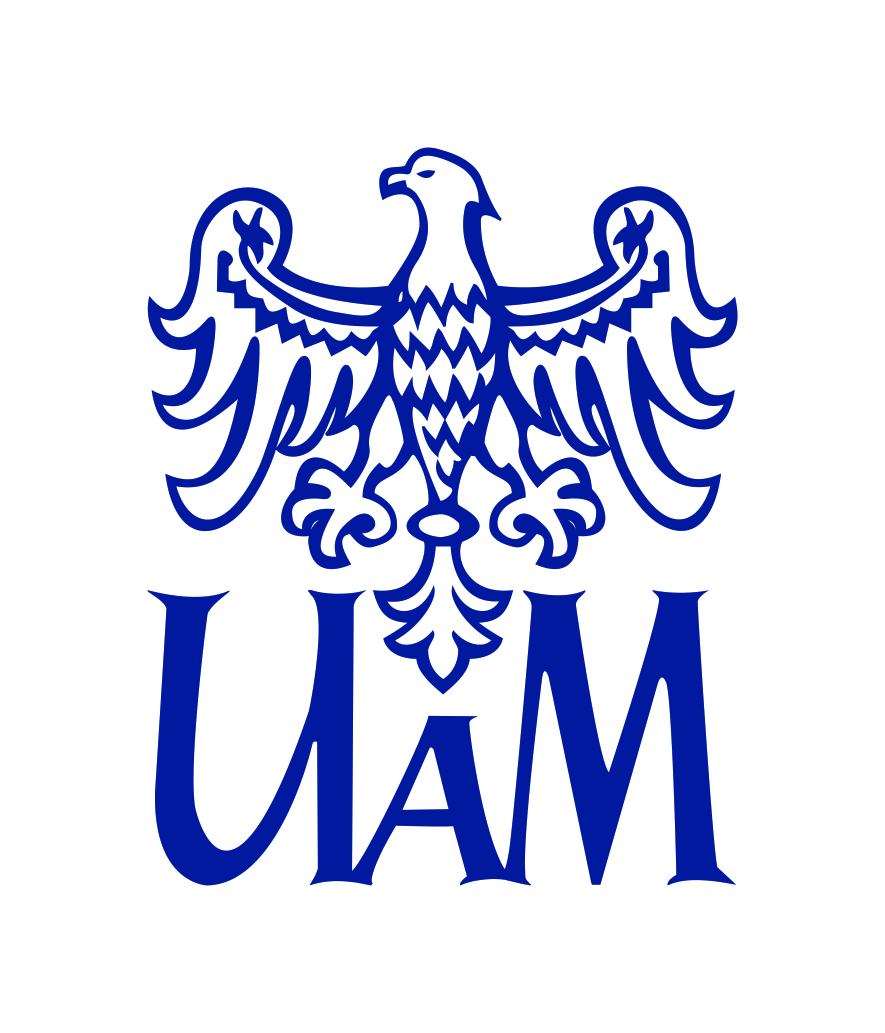
Research project in the PRELUDIUM program of the National Science Centre on “Molecular basis of the differences in RNA recognition by the FinO domain proteins“ (No. 2021/41/N/NZ1/04133)
Gene expression regulation is critically important for bacterial survival. Changes in environmental conditions force bacteria to adjust their physiology so that cellular homeostasis is maintained. Since gene expression must be controlled and precisely coordinated, special mechanisms responsible for its fine-tuning evolved. In bacteria, one of such mechanisms involves small regulatory RNAs (sRNAs). sRNAs associate with their target mRNA, which alters mRNA molecular fate. However, to achieve their full functionality, sRNAs usually interact with special proteins, called RNA chaperones. FinO-domain protein family, thanks to recent global profiling experiments, has emerged as a new class of RNA chaperones widely distributed in Gram-negative bacterial species. They might be either plasmid-encoded (Escherichia coli FinO, Salmonella enterica FopA) or chromosome-encoded (E. coli ProQ, Neisseria meningitidis ProQ) and constitute a relatively diverse group [1].
The FinO domains, which are characteristic for proteins from this family, have a conserved structure, which consists of five α-helices. The RNA motif that is often recognized by the FinO domains in their RNA ligands is the 3ʹ-terminal Rho-independent transcription termination structure followed by several uridine residues. However, different studies showed that FinO-domains vary greatly in ligand specificities. While some of them recognize few RNA ligands, others are global RNA-binding regulators. This suggests that either the FinO domains contain features explaining the differences in ligand preferences or other protein regions are also involved in RNA binding.
I expect that the results of the planned studies will help to better understand the roles of the FinO domains from different proteins in RNA recognition, and explore the differences in the molecular details of their interactions. In summary, these results will help to better understand the molecular basis of the biological functions of this important and interesting group of RNA-binding proteins.
References
- Olejniczak M, Storz G. ProQ/FinO-domain proteins: another ubiquitous family of RNA matchmakers? Mol Microbiol. (2017) 104(6):905-915 Pubmed
